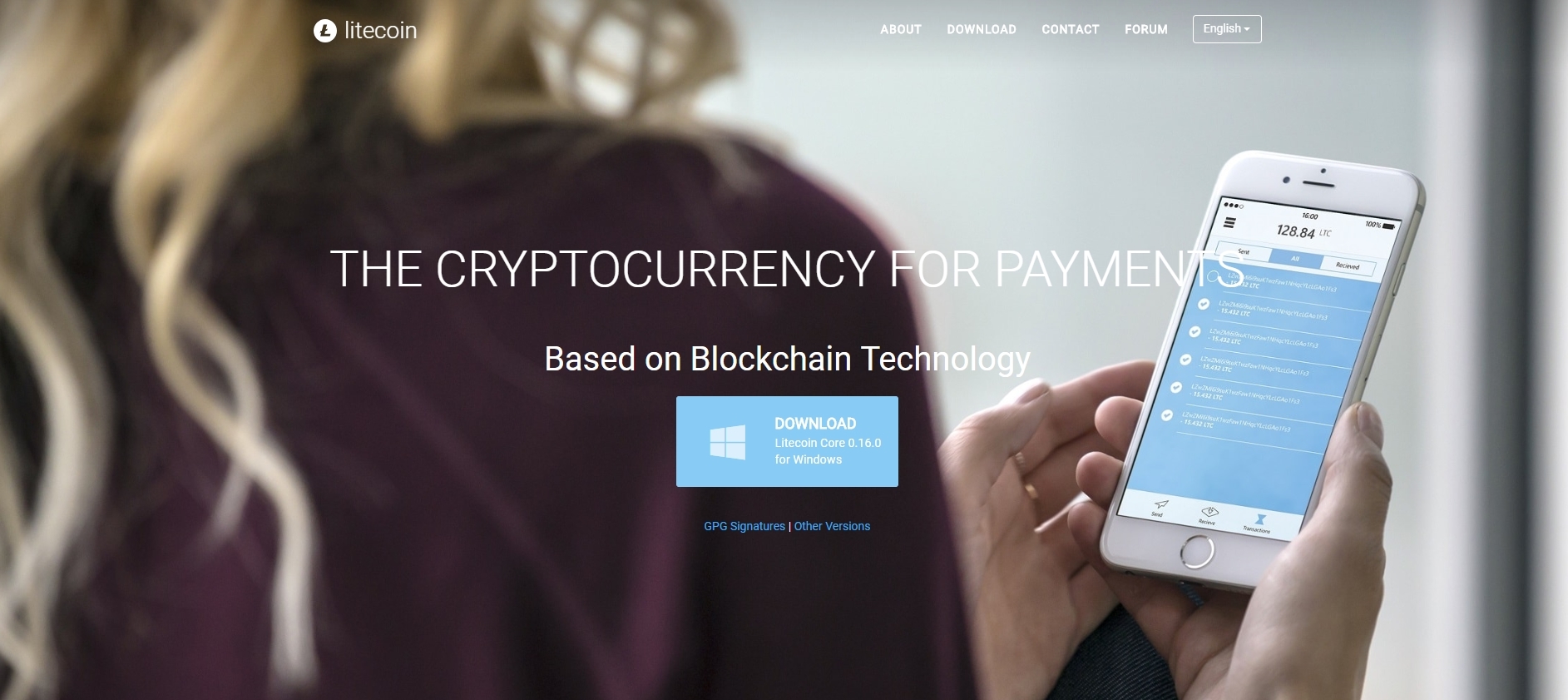What is Litecoin?
Litecoin (LTC) is often considered as Bitcoin‘s “little brother”. It was created in 2011 by former Google engineer Charlie Lee. The motivation behind Litecoin was to improve Bitcoin. That’s why Litecoin developers used Bitcoin’s open source code and made slight changes to create Litecoin.
Litecoin’s creator Charlie Lee is an ex-Google engineer who had the vision to form a lighter version of Bitcoin. Bitcoin was and still is seen as a store of value and for long-term purposes. It is basically seen as “digital gold”. Litecoin is meant to be a form of “digital silver”. It is cheaper to use and for everyday purposes. On October 7th 2011, Litecoin was released via an open-source client on GitHub.
Differences between Litecoin and Bitcoin
The Litecoin Network went live on October 13, 2011. Litecoin offers slight changes in block time, hash algorithm and other areas which allows cheaper and faster transactions compared to Bitcoin. The biggest difference for end users is the block time. It takes 2,5 minutes to generate a block in the Litecoin Network as opposed to Bitcoin’s 10 minutes. The block time decides how many transactions a blockchain can handle per second. Litecoin can handle four times more transactions per second than Bitcoin. This makes transactions on the Litecoin blockchain not only faster but also cheaper. Because Litecoin can handle more transactions per second, transactions fees are lower than with Bitcoin. One downside of increasing the block time however is that the blockchain will be proportionately larger than Bitcoin’s.
Another important change from Bitcoin is the hash algorithm. Bitcoin utilizes SHA-256. This algorithm allows for parallel processing, which accelerates the calculations. That’s why there has been a big cevelopment of mining hardware (ASIC) in the last years. ASIC chips are processors that are specifically designed for mining Bitcoins. Litecoin however uses Scrypt as a hash algorithm. Scrypt doesn’t allow for parallel processing which means that there are currently no ASIC chips available for Litecoin mining. However there are currently companies working on creating ASIC hardware to support Litecoin mining. This makes mining more accessible for everybody (as of right now).
The final change from Bitcoin is the coin limit. There can only be 21 million Bitcoins mined. Litecoin has a coin limit of 84 million. This makes Litecoins more affordable than the same amount of Bitcoin.
| Litecoin | Bitcoin | |
|---|---|---|
| Coin limit | 84 Million | 21 Million |
| Algorithm | Scrypt | SHA-256 |
| Block time | 2.5 minutes | 10 minutes |
| Created by | Charles Lee | Satoshi Nakamoto |
| Creation date | October 7th, 2011 | January 3rd, 2009 |
What is Scrypt?
Scrypt utilizes the SHA-256 algorithm, which is the same hash algorithm that Bitcoin uses. However, Scrypt calculations are more serialized than Bitcoin calculations, that’s why parallel processing is not possible. In Bitcoin, calculations can be solved parallel. This is the reason why ASIC computers are so much better at mining Bitcoins than personal computers. In Litecoin however, the hashing algorithm doesn’t allow for parallel processing, which means there is less specific hardware for mining Litecoin. Scrypt has been designed with the purpose to keep mining accessible and democratized.
How to buy Litecoin
Litecoin is one of the older and more well-known cryptocurrencies. It’s available on secure and well-known exchanges like Coinbase and kraken.
